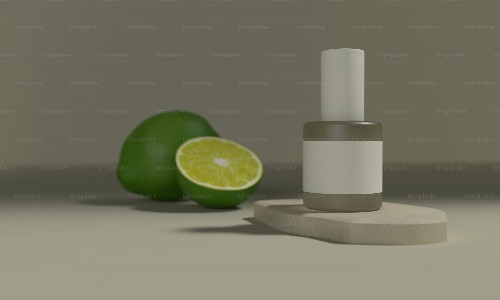
Stop your Vape Leaking: A Beginners Guide.
Understanding the Causes of Vape Leakage
Vape leakage is a common issue that can frustrate both beginners and experienced vapers alike. Understanding the key factors that contribute to vape leakage is essential for preventing it from occurring. There are several primary reasons why your device may start leaking. Firstly, improper assembly of components can lead to gaps that allow e-liquid to escape. Secondly, using the wrong type of e-liquid, such as ones that are too thin, can exacerbate leakage issues. Additionally, overfilling the tank can create pressure that forces liquid out of the air holes. These factors are critical in ensuring that vapers maintain an optimal experience without the annoyance of leaks.
1. Check Your Device’s Assembly
Components Alignment
Ensuring that all components of your vape device are properly assembled is vital in preventing leaks. A misaligned tank or loose connections can create unwanted openings. Always double-check that the tank is securely attached to the mod and that all O-rings are seated correctly. Taking the time to inspect the assembly can save you from messy leaks and wasted e-liquid.
O-Ring Condition
O-rings are essential for creating a seal between different sections of the vape device. Over time, these rubber rings can wear out, crack, or become displaced. Regularly inspect your O-rings for any signs of damage and replace them if necessary. This simple maintenance step can significantly reduce the likelihood of leaks.
2. Use the Right E-Liquid
Viscosity Considerations
Choosing the right e-liquid is critical. E-liquids come in various viscosities, primarily determined by their PG (propylene glycol) and VG (vegetable glycerin) ratios. Thinner liquids, typically high in PG, may leak more easily through the coil and tank. For those experiencing frequent leaks, switching to a thicker e-liquid—higher in VG—can help mitigate this issue.
Flavor Concentration
Certain flavorings in e-liquids can also contribute to leakage. Some flavored liquids may create a thinning effect, making it easier for them to escape through small openings. If you find that a particular flavor always results in leaks, consider trying different brands or compositions that are known for their stability.
3. Proper Filling Techniques
Avoid Overfilling
One of the most common mistakes vapers make is overfilling the tank. Each tank has a maximum fill line designed to prevent overflow. Always ensure that you adhere to this line; excessive liquid can create pressure that results in leaking. To prevent overfilling, pour slowly and watch the tank as it fills to gauge the appropriate level.

Fill from the Right Position
Certain tanks require specific filling methods to avoid leaks. Make sure to fill your tank while it is upright, and take care to avoid getting any liquid into the central airflow tube. This practice ensures that the liquid remains contained within the tank.
4. Understand Your Device’s Settings
Wattage Levels
Using incorrect wattage settings can lead to leaking as well. If you set your wattage too high for your coil, you may cause it to vaporize liquid faster than it can be replenished, resulting in liquid seeping out of the bottom. Familiarize yourself with the recommended wattage range for your specific coil to maintain optimal performance.
Temperature Control
Some devices come equipped with temperature control features, which can help prevent burning your coil and causing leakage. Understanding how to utilize temperature control can aid in maintaining effective vapor production without inducing geological strain on the device.
5. Maintenance and Storage Tips
Regular Cleaning
Keeping your device clean is fundamental in preventing leaks. Residual liquid can accumulate in various areas, affecting the integrity of your seals. Regularly disassemble your vape and clean all components to prevent buildup. Use a soft cloth to wipe away any excess liquids, and ensure that all parts are dry before reassembly.
Safe Storage Practices
Where and how you store your vape device can also affect leak potential. Avoid placing your device upside down or on its side, as this can lead to spills. Instead, keep it upright, preferably in a designated vape case to limit movement and potential damage.
Conclusion
By understanding the causes of vape leakage and adopting a proactive approach in assembly, liquid selection, filling techniques, device settings, and maintenance, vapers can significantly reduce or eliminate leakage problems. Continuous awareness and care can lead to an optimized and enjoyable vaping experience. With these guidelines, beginners can navigate the nuances of vaping while minimizing the discomfort associated with leaks.


